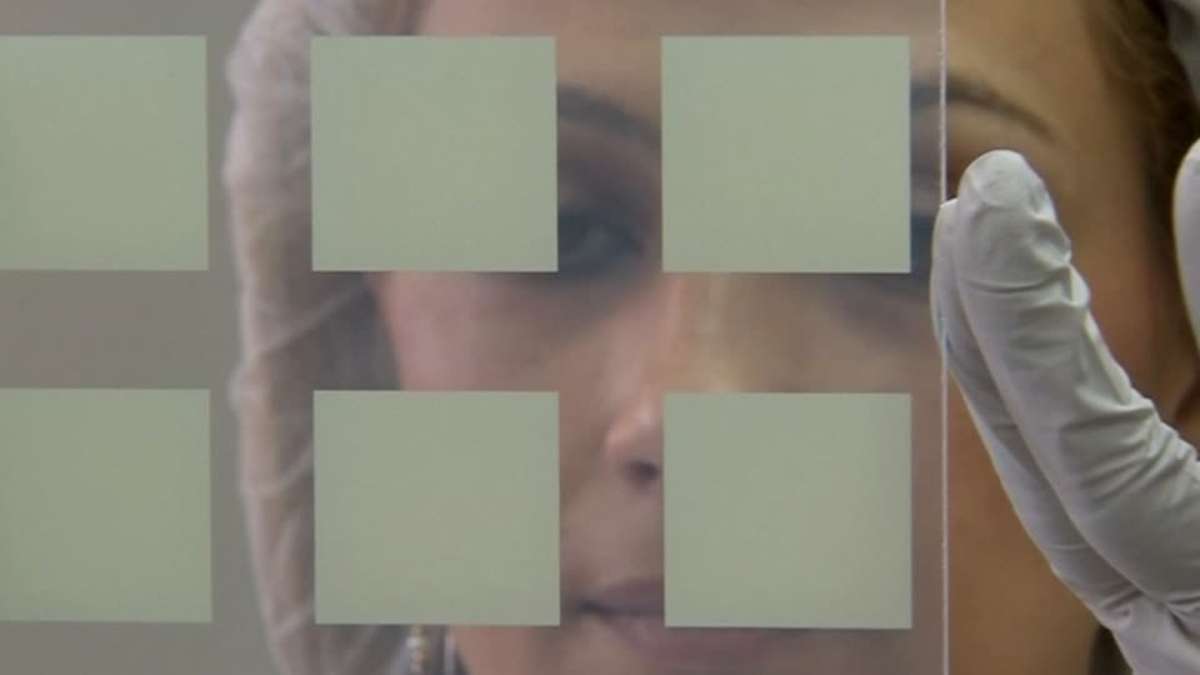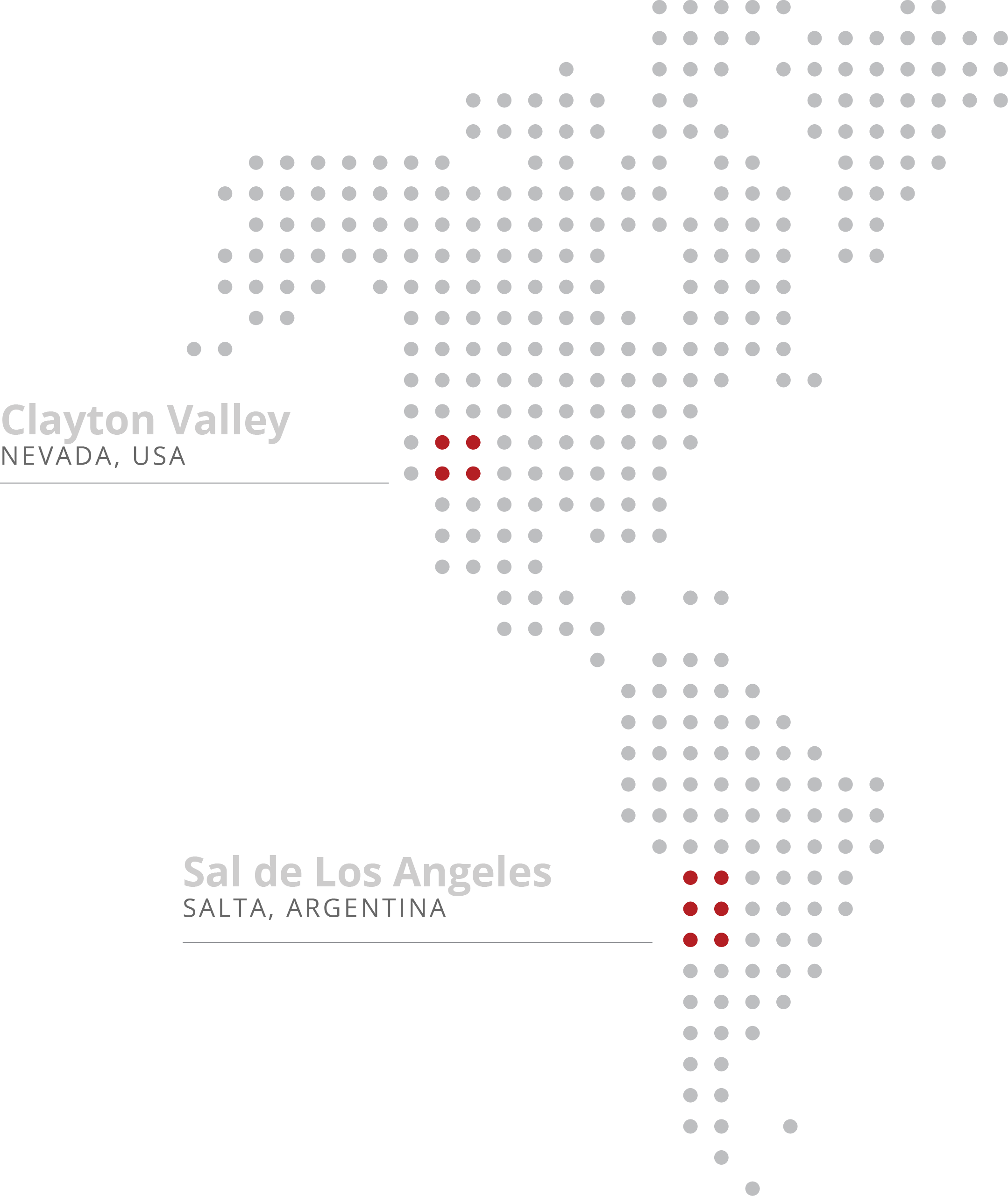The world is shifting to clean and renewable energy to power homes and transportation. Just like electronic devices, all green homes and cars will require Lithium-ion batteries to store energy and power them. LiTHIUM X locates and develops lithium assets with the goal of supplying the increasing demand from global battery giants like Panasonic, AESC, LG, BYD and – soon – utility companies.
LiTHIUM X is a lithium resource explorer and developer with a focus on becoming a low-cost supplier for the burgeoning lithium battery industry. Its Sal de los Angeles project is situated in the prolific “Lithium Triangle” in Salta Province, Argentina. The project is comprised on 8,156 hectares covering the nucleus of Salar de Diablillos with approximately C$19 million having been invested in the property by previous operators, including $16.2 million in work completed at Sal de los Angeles between 2010 to 2015. It contains high grade brine with a historic NI 43–101 resource of 2.8 million tonnes LCE and historic positive project economics.
LiTHIUM X also has the largest land package in Clayton Valley, Nevada covering over 15,040 acres between its Clayton Valley North project and Clayton Valley South extension. Both land packages are contiguous to the only producing lithium operation in North America – Silver Peak, owned and operated by Albemarle, the world’s largest lithium producers.





